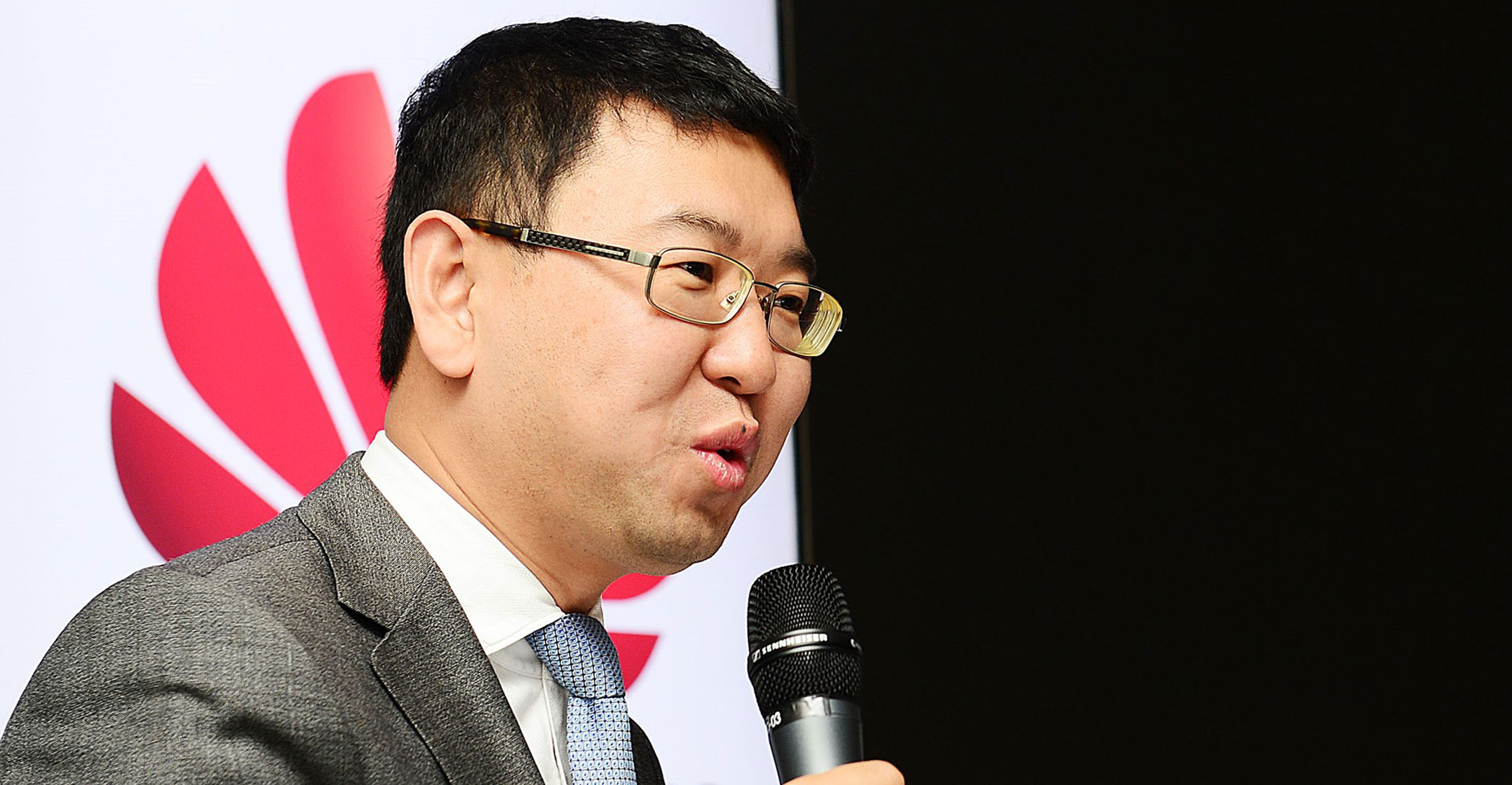
There can be few South African music fans who have not felt a glow of pride to see the worldwide success of Master KG’s smash dance hit Jerusalema on dance floors across the planet. The irresistible song is a shining example of one of South Africa’s most precious resources – our digital heritage.
Social media has exploded with clips of dancers from Paris to Puerto Rico showing their line-dancing prowess on the South African house classic. Incredibly, the video has amassed more than 150 million views on YouTube.
At present, Jerusalema may be our country’s greatest cultural export – fittingly, it was chosen by President Cyril Ramaphosa for South Africa’s Heritage Day dance challenge. This raises a critical issue in Heritage Month: it is time to view our heritage through a digital lens.
Today, most aspects of humanity’s heritage – historical, artistic, archaeological, musical and natural – are being shared and preserved in the digital realm.
Even traditional cultural experiences are now digital. Many of us may have taken ourselves or our children on a virtual museum tour, or to a digital art gallery. Such tours are no longer just a surrogate for the real thing. They are the way many of us get to know our heritage. It is high time that we consider ways of integrating the physical and digital worlds to help us understand our world, our society, and our place in it.
Digital tools can significantly enhance our understanding of cultural assets. Take, for example, Mapungubwe, site of an ancient Southern African civilisation. The site itself resembles little more than a large hill. However, by interpreting and explaining such a historical asset using digital tools – augmented reality (AR) or virtual reality (VR) – it can be understood so much better.
Interactive tools
Sound, video, graphics and data can all similarly be superimposed onto the contemporary world to help our understanding.
There can be interactive tools that allow explanation and deeper understanding. The gamification of historical and natural assets can also help us to understand what past worlds must have been like – as anyone who has played Assassin’s Creed will know.
In the environmental space, most of us have visited webcams that share the beauty and animal life of a waterhole, or a bird hide at a popular nature reserve.
Sharing heritage digitally offers great opportunities to spread knowledge and awareness about a society and its culture – in this sense, Mapungubwe stands alongside Jerusalema as part of South Africa’s rich, proud digital heritage.
Sharing digital heritage with the world depends on Internet access. The emerging mass, high-speed connectivity promised by the roll-out of 5G networks is the perfect platform on which to do this.
It’s about narrowing the digital divide, and giving more people access to the mobile Internet. In South Africa, communications & digital technologies minister Stella Ndabeni-Abrahams recently said government would continue efforts to cover some 20 million unconnected South Africans. We applaud this news.
Connectivity is knowledge, and as we grow the numbers of mobile Internet users, we give those people access to the entire body of human knowledge, as well as our cultural and natural heritage.
Unesco (the United Nations Education, Scientific and Cultural Organisation) has noted that “making sure this burgeoning digital heritage remains available is … a global issue relevant to all countries and communities”.
Although our tourism sector is returning to operation after the lockdown, it will be some time before we are all travelling as often as before the Covid-19 pandemic hit. In the meantime, the perfect way to share South Africa’s heritage is digitally, online.
In a world where the Kruger Park webcam is as much part of our digital heritage as Jerusalema, cultural assets must compete to attract financial support – whether in the form of a safari visit by interested tourists, or a few million record streams for Master KG. But today, it all starts online.
If we want our heritage to survive and thrive, we need to think of it digitally. We need to connect South Africa’s rich culture to the world, in digital form – whether it’s an ancient civilisation, or a catchy house-music hit.
- Spawn Fan is CEO of Huawei South Africa
- This promoted content was paid for by the party concerned

